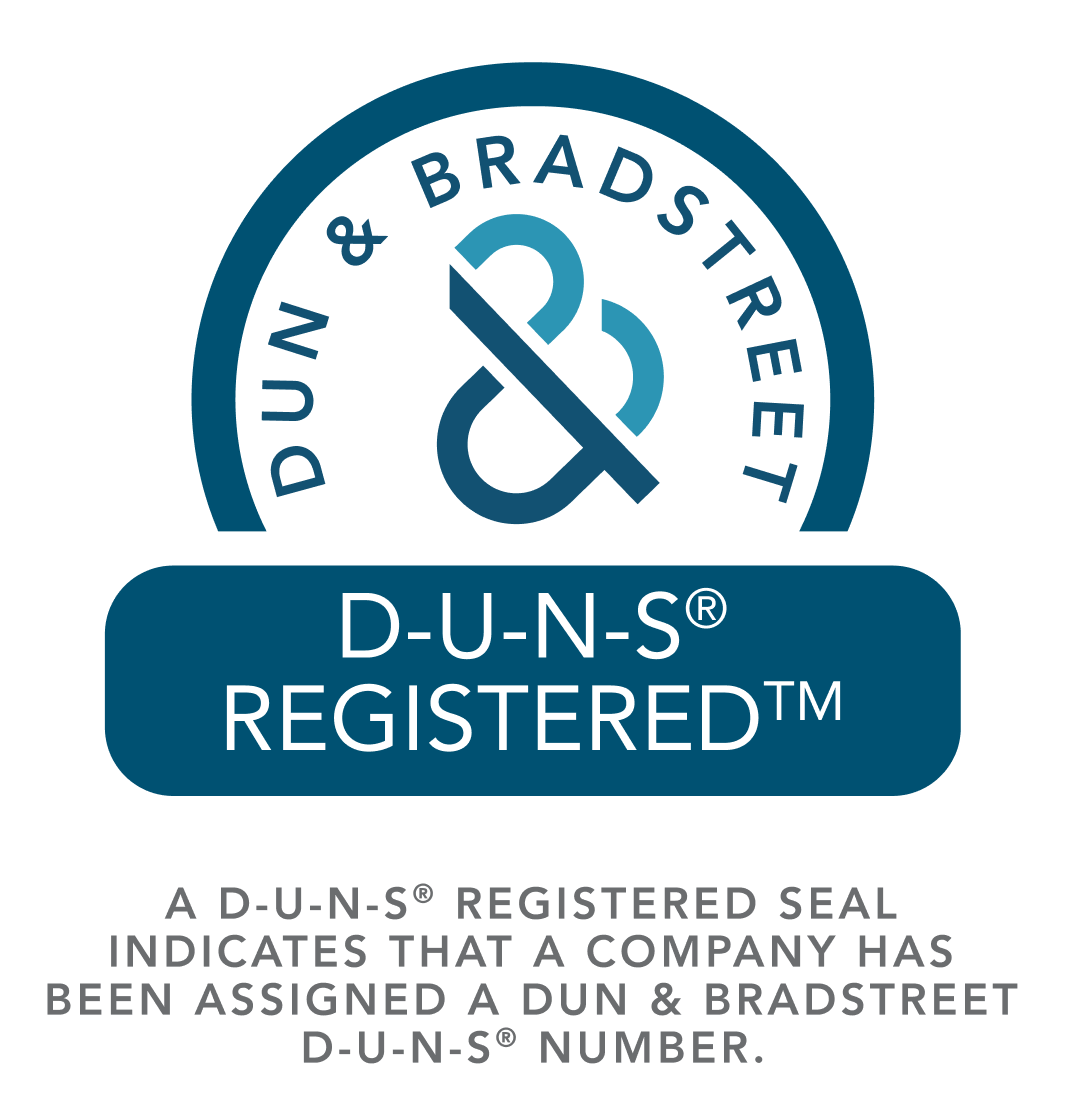
Something Good Coming Out of Something Bad - How COVID Changed F&I for the Better.

Sometimes you need something massive to shake up an entire industry’s way of doing things. A big change, a far-reaching event that can either hasten the collapse of a business under its weight or spur a once-in-a-lifetime revolutionary leap forward to help advance a market forever.
It’s safe to say the pandemic did the latter when it comes to the dealership environment and more specifically, the F&I department. And it’s likely never going back.
COVID-19 forced many markets to change the way they did things and in F&I, it has opened up a new way of approaching sales and communication that has made the experience for buyers light-years ahead of where it was before the pandemic hit in the Spring of 2020. The old way of buying a car, much less handling the paperwork/financing, was set on its ear and in a good way.
If we take a closer look at how the F&I experience was transformed by the changes brought about by the pandemic, it’s a study in survival and the need to finally shift away from stale practices. For decades F&I suffered from the reputation of murky sales presentations, unethical behavior, and making the car-buying process take entirely too long to complete.
Let’s take a closer look at how this unprecedented health crisis in the US changed all of this over the last 2 years and what it may mean for F&I moving forward:
‘BD’ vs. ‘AD’
COVID marked two distinct periods in dealerships, Before Digital and After Digital. For years dealerships had the notion that digital retailing was coming but kept putting it off in the Before Digital era. Some may have dipped their toe in with more website development and increased online selling but it wasn’t as widely accepted or expected as it is now by the car buying public.
In the ‘AD’ era now, car shoppers have come to expect more information and research tools on dealer websites to help guide them in their decision to add F&I products. They wanted transparency and for the most part, they got it.
Being stuck at home in the early days of the pandemic made it more important than ever for dealerships to make the buying experience easier and F&I was no exception. Paperwork was completed online or in some cases, in the buyers driveway with notaries present. All things no one could have envisioned in the BD days. After all, being in the dealership for 4-5 hours was just how it was done. But not the case in the ‘AD times’.
Record PVR/Penetration
Leave it to a pandemic to help some businesses make MORE money than before. F&I departments industry-wide have seen record profits between both finance reserves (due in large part to record jumps in new and used car pricing) and products added. The average in 2019 was just $1847 per deal compared to $2199 average in 2022 YTD.
The amount of products sold per deal have increased to 1.6 which may not seem like much but for the bottom line of an industry that took a massive hit during the initial lockdowns and early supply chain reductions, it’s been a bright spot that was sorely needed.
As new car prices have headed to sometimes hundreds or a few thousand over MSRP due to inventory shortages, this has helped F&I profits remain well above where they were just a couple of years ago.
The Biggest Reason for Higher PVR - Fear.
Buyers were jolted into realizing that a virus from overseas could up-end their entire financial outlook. Layoffs, industries crushed by lockdowns and public health concerns, and a sudden work-from-home shift that some were not ready for made for a car buying populace that saw the importance of keeping as much money close to home as possible. Suddenly, your paycheck was in jeopardy.
These economic fears made car buyers see that they had to have protections in place like GAP or a VSC due to a higher amount financed. Consumers are simply seeing more value in the primary and ancillary products offered at the time of sale and understand better the protection they provide against out-of-pocket expense.
Better Communication/Tech
An overhaul of the dealership website wasn’t enough after the onset of the pandemic…now dealers had to make it an omnichannel environment with multiple ways for customers to communicate with sales and F&I to get a car sold. Social media, a more robust and active website with live chat, and the increase in Zoom presentations helped give the customers a better way to do their advance legwork before ever coming into the dealership.
Millennials and Gen Z prefer this way to doing business and the pandemic sped up dealer adoption of it. They want access and they want information. Dealers started providing both to spur greater success.
Offering a transparent look at F&I products online and the introduction of F&I earlier in the showroom process has been increased since the pandemic started. This shows the further evolution of how the F&I process has come out of the back office and out in front of the car buyer’s purchase journey.
Some dealerships worried that putting too much F&I product information upfront online would eat into profits but the reverse happened…buyers wanted that knowledge beforehand so they could do their own independent research and be in a better position to say yes.

Discover the significance of the walkaround process in achieving higher F&I PVR (Per Vehicle Retail) figures. Learn how an effective walkaround strategy can optimize your dealership's finance and insurance performance.
.webp)
Before the pandemic, not many F&I managers ever thought much about having a video call with a customer to discuss financing options. Now we don’t think twice about it. For F&I staff in particular, being able to have a video call with a prospective customer can make or break a deal.

